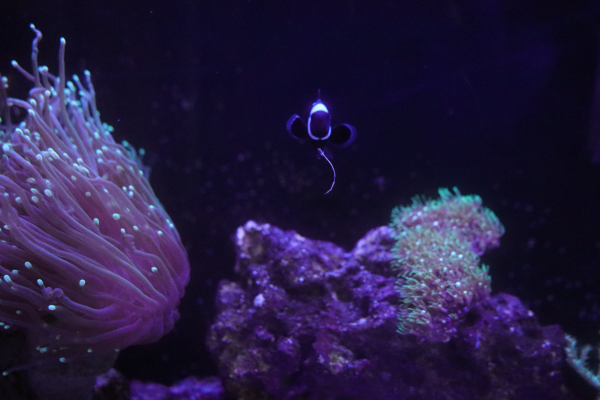Hey all,
Recently I started noticing that both of my clowns had this white stringy poop on them multiple times a day, I researched a bit about it and found out that it might be a symptom
of internal parasites. If it actually is parasites or some sort of infection, is it "contagious" to other fish in tank or me while cleaning it?
The tank is 3 months old and the clowns were added 2 months ago.
Small edit:
This has not happened before, and sometimes there is undigested pellets in the white string.

Recently I started noticing that both of my clowns had this white stringy poop on them multiple times a day, I researched a bit about it and found out that it might be a symptom
of internal parasites. If it actually is parasites or some sort of infection, is it "contagious" to other fish in tank or me while cleaning it?
The tank is 3 months old and the clowns were added 2 months ago.
Small edit:
This has not happened before, and sometimes there is undigested pellets in the white string.

















